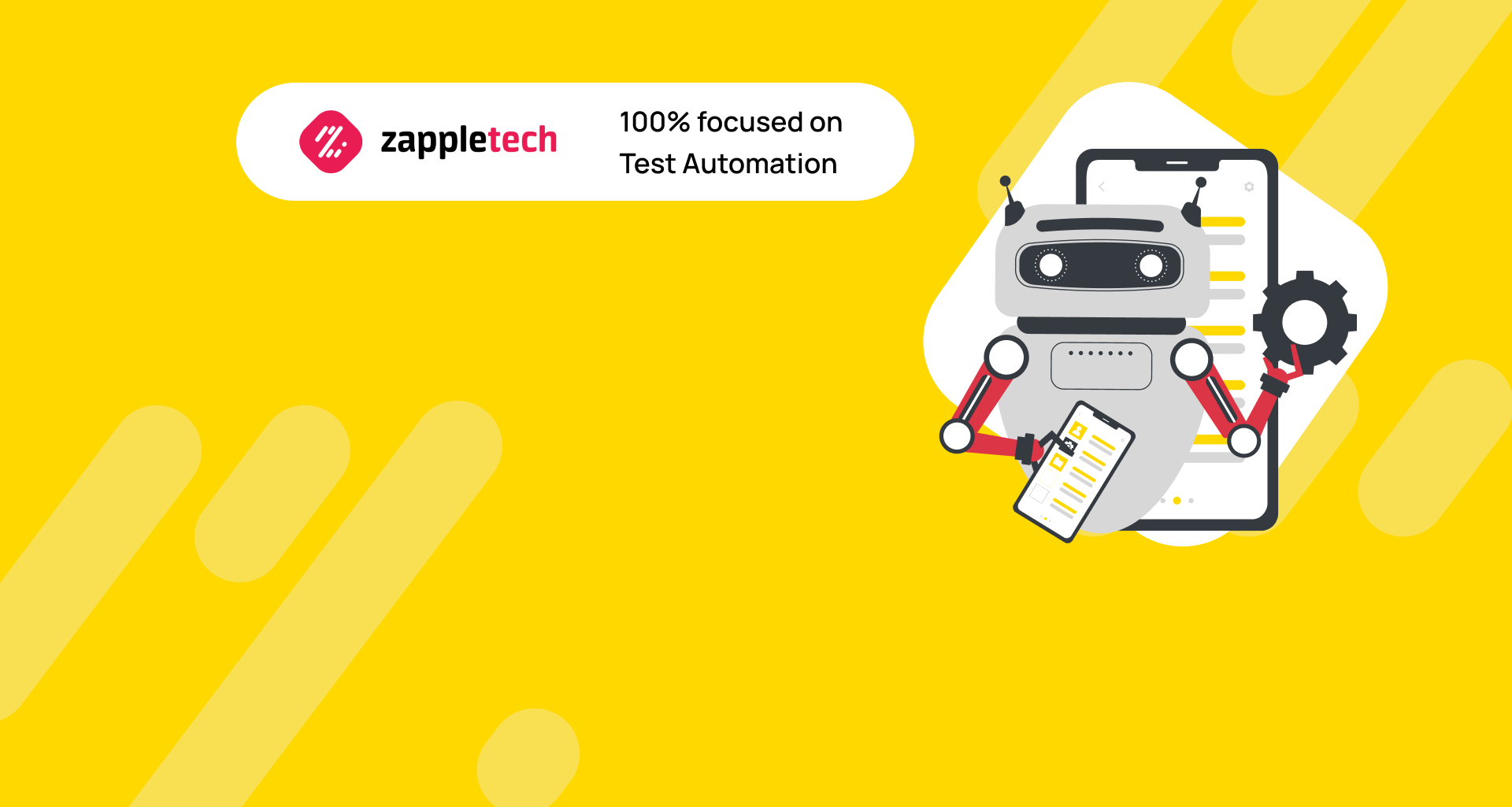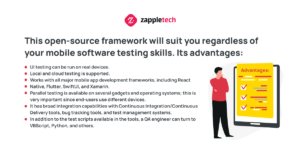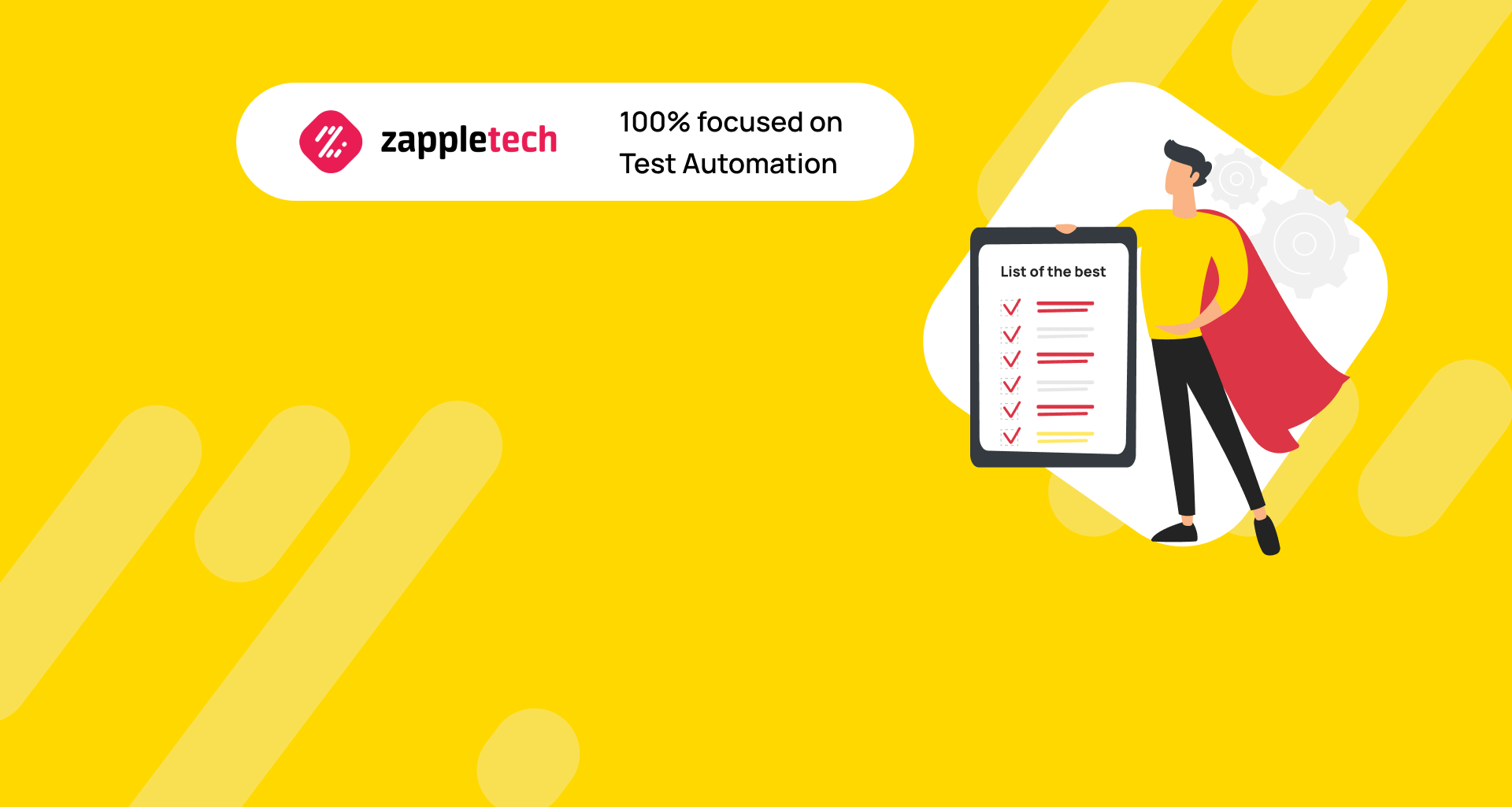According to Statista, by the end of 2021, the number of smartphone users in the world exceeded 6 billion people. And the number of mobile app downloads in 2021 was 230 billion. They say mobile web apps are used for various purposes – for work and solving financial issues, calling transport, delivering food, and so on. But the most popular are programs for communications – chats and social networks.
As technology continues to advance, we can anticipate an even more profound integration of smartphones into our daily lives. With the advent of 5G networks and the development of augmented reality (AR) and virtual reality (VR) applications, smartphones are poised to become even more powerful and versatile tools.
These innovations will enable seamless experiences like never before across multiple devices, from immersive gaming and enhanced video streaming to revolutionary applications in fields like healthcare, education, and remote work. Moreover, the global market for mobile apps is projected to grow exponentially, with emerging markets playing a significant role in this expansion. This dynamic landscape suggests that the influence and utility of smartphones will continue to evolve, shaping the way we interact, work, and engage with the world around us.
For apps to perform their functions properly and be reliable assistants in all of the above issues, they must be tested thoroughly before entering the market. In this article, we will discuss what makes automated testing of mobile apps unique, what tools are used for it most often, and how to choose the very best mobile app testing automation framework.
Table of Contents
Key Features of Mobile App Automation Testing
Mobile app testing is a specific area that requires a unique working methodology from QA engineers. This is due to some features that are not typical for mobile application testing when, e.g., desktop applications.
Specificity of software testing for portable gadgets:
Device dependency. It encompasses a multitude of factors beyond just the operating system, extending to the specific type of device, whether it’s a smartphone, tablet, or smartwatch. Additionally, screen characteristics like resolution and size play a pivotal role in how the app functions. Furthermore, nuances in firmware versions and device models can introduce unexpected challenges. Achieving a high level of functionality across all device variations necessitates comprehensive testing protocols prior to release. This entails rigorous examination and optimization for each device type and its corresponding specifications to ensure a seamless user experience regardless of the platform. This meticulous approach not only minimizes the likelihood of bugs and glitches but also enhances the app’s overall performance and reliability, ultimately contributing to a more satisfied and engaged user base.
Advantages of simple tests. Employing a strategy of conducting a multitude of simple tests offers several distinct advantages in comprehensively assessing the functionality of a mobile program. This approach is particularly effective due to the characteristic nature of mobile applications, which typically possess streamlined, focused functionalities as opposed to more complex desktop software. By breaking down the testing process into numerous smaller tests, developers can scrutinize specific functionalities and features with granular precision, ensuring that each aspect of the application functions optimally. Furthermore, this approach provides a higher degree of flexibility, allowing for swift adjustments and modifications as the development process progresses. Since smaller tests are more modular and self-contained, making alterations or additions to the testing suite becomes significantly more manageable. This adaptability is invaluable in responding to evolving development needs and requirements, ultimately leading to a more robust and reliable final product.
Attention to detail. Paying meticulous attention to detail is imperative when it comes to testing mobile applications designed for various devices like smartphones, tablets, and other gadgets. These applications frequently involve intricate functionalities that rely on critical technologies such as Bluetooth connections, especially in the case of fitness trackers, and wireless technology, crucial for secure financial transactions. Thorough testing is indispensable in ensuring the seamless integration of these features, identifying potential points of failure, and guaranteeing a high level of performance across diverse device types and scenarios. Rigorous testing protocols are essential to validate the reliability and security of these functionalities, assuring users that their interactions with the application will be both seamless and secure. This meticulous approach helps to fortify the overall user experience and builds trust in the app’s capabilities, especially in contexts where privacy and data security are paramount concerns.
Various working conditions. Taking into account the diverse working conditions of mobile devices is crucial in ensuring their optimal performance. This entails conducting comprehensive tests that simulate real-world scenarios. For instance, evaluating the functionality of gadgets under conditions of low battery power provides critical insights into how the application behaves when resources are limited, which is a common occurrence in everyday usage. Additionally, testing the performance in areas with weak communication signals is essential as users frequently find themselves in regions with less-than-ideal network coverage. Ensuring that the app remains responsive and reliable in such situations is paramount. Moreover, considering how the application operates during incoming calls or messages is pivotal, as interruptions are a regular part of mobile device usage.
Today, all popular mobile software testing environments are created with mobile testing tools with these features in mind. Let’s take a look at 10 of the most widely used ones.
TOP Ten Mobile Automation Testing Tools
Automated testing tools are the choice of those QA specialists who, in their work, rely on speeding up tests and minimizing the impact of the human factor on them. Today, the market for automated tests offers both free solutions and options with paid functionality.
Test Complete
This open-source framework will suit you best mobile testing, regardless of your mobile software testing skills. Its advantages:
UI testing can be run on real devices.
Local and cloud testing is supported.
Works with all major mobile app development frameworks, including React Native, Flutter, SwiftUI, and Xamarin.
Parallel testing is available on several gadgets and operating systems; this is very important since end-users use different devices.
It has broad integration capabilities with Continuous Integration/Continuous Delivery tools, bug tracking tools, and test management systems.
In addition to the test scripts available in the tools, a QA engineer can turn to VBScript, Python, and others.
Test IO
Interested in real-time software testing for tablets, phones, and even smartwatches? Pay attention to the Test IO tool. It guarantees:
Support for a wide range of devices; you can select the one you need by its type, manufacturer, OS, and web browser.
Checking the quality of the delivered software at any stage – from prototype development to User Acceptance Testing.
Integration with AT management and bug tracking tools without writing code.
High speed of testing.
Appium
It is recognized as the most widely used by experienced testers because it can be used to automate the execution of functional tests. It also supports testing and provides:
Free to use, thanks to open source.
Native software testing without installing the software development kit and other modifications.
Wide range of available methods, frameworks, and testing tools.
Ability to use software development tools, languages, and client libraries preferred by a particular tester.
Selenium Webdriver JSON protocol availability.
Support for cross-platform testing – works with Android and iOs.
Robotium
Compared to the previous ones, this tool has somewhat more limited features. Thus, it only works with Android. Other features of the test environment:
Supports both native and hybrid apps.
It is used for “black box” testing when knowledge about the internal structure of the software is excluded.
Test scripts are created in JavaScript.
Supports simultaneous processing of multiple OS actions.
Continuous integration is available with support for Ant, Maven, and Gradle development tools.
Test cases are tied to the UI, which ensures their high reliability.
Xamarin
The full name of this tool, Xamarin.UITest, speaks for itself. It is test automation framework intended for UI acceptance testing in iOS and Android apps. Although closely associated with the Xamarin.iOS, and Xamarin.Android software development platforms, this framework is also suitable for testing other apps. Its characteristics:
Allows you to perform unit testing.
Supports cross-platform testing and tests of native programs.
Test cases are written in C#.
Has extensive integration capabilities with Microsoft Visual Studio products.
Espresso
If the specifics of your work are testing native apps for Android, feel free to turn to Espresso. Its characteristic features:
Used for UI testing.
Test scripts are created in Kotlin and Java.
Has a convenient API that lends itself to simple modeling.
Espresso testing can be done on both real gadgets and emulators.
Ability to record and generate test cases instead of writing them.
Supports black box and component testing during development.
XCUI Test
This is a kind of antipode of the previous tool – it only works with programs for iOs. Other features of use:
Tight integration with the Xcode IDE software development environment.
Ability to record the interaction of test scripts with the device and create test cases based on these records.
Supports UI testing in Objective C and Swift.
Has an intuitive control system and high test execution speed.
Despite the support of a limited number of programming languages and the lack of cross-platform, this framework is optimal for testing iOs devices, as it was created for perfect integration with their environment.
Ranorex Studio (Codeless)
This tool is an ideal solution for those new to mobile app automation testing. Features provided by the framework:
Testing on real devices and emulators.
Cross-platform and cross-browser testing.
Creation of reliable test scripts by recording or coding – the tester’s choice.
End-to-end testing without having to switch context for the script.
Integration of tests into the Continuous Integration environment.
Reuse tests for devices with different specifications (size, display resolution).
Quick start testing without complex modifications.
Providing quality feedback – detailed testing reporting in XML format.
Monkey Talk
Choose Monkey Talk if your goal is to test mashups and web apps. With this framework, you have access to:
Regression and functional testing.
Implementation of tests of native and hybrid products.
Use on real devices and emulators.
Universal code that can be used on both iOS and Android.
Record, playback, and test management.
Working with three components: IDE, agents, and scripts.
Kobiton
Do you want to try out the latest cloud technology for automated mobile app testing and automation testing for free? It is possible with the Kobiton tool. What the creators of the framework promise to their users:
Tenfold acceleration of the testing process.
Implementation of cloud testing on real devices.
Scriptless technology for increased test coverage.
UI/UX testing without the need for coding.
Functional and performance testing.
Continuous testing with automated test scripts.
Wide integration possibilities with CI/CD system.
According to statistics, 71% of installed mobile apps are removed in the first 3 months of use. Among the top reasons for deletion are errors in the program. The listed mobile testing frameworks will allow developers to improve the quality of the software without lengthening the testing life cycle.
How to Choose Mobile App Testing Tools?
It is impossible to say that any of the above three best mobile testing tools or frameworks is better or worse – the choice of one of them must be strictly individual and based on the requirements of a particular project.
Here are a few suggestions to keep in mind:
Make a list of tests to automate.
From the entire list of available frameworks, select those that meet the project’s requirements.
Don’t stop at one tool at once – do a trial test with two suitable ones.
After trial testing, determine the tool that showed optimal results.
Discuss your choice with the team, and justify your preferences.
Start testing.

Using mobile apps helps to strengthen the brand, improve customer communication and increase profits. But we are talking only about high-quality programs that work without errors and failures. To achieve this, ensure that such software is properly tested. QA engineers increasingly prefer its automation, achieving high-speed processes without compromising their quality. For detailed consultation and testing of mobile apps, please contact ZappleTech, a reliable service provider in this field.





